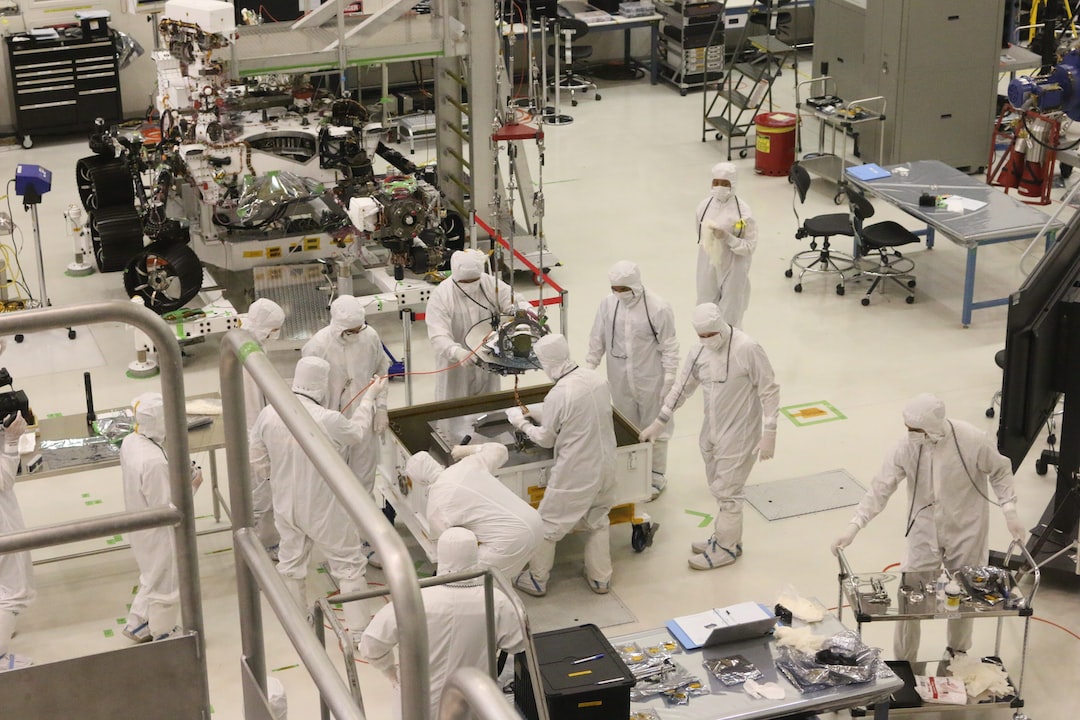Innovation in Manufacturing: Case Studies of Successful Product Development and Commercialization
In today’s rapidly evolving global marketplace, innovation is the key to success for manufacturing companies. The ability to develop and commercialize new products is crucial in order to stay competitive and meet the ever-changing demands of consumers. In this blog post, we will explore several case studies of successful product development and commercialization in the manufacturing industry, highlighting the strategies and factors that contributed to their achievements.
Case Study 1: Apple Inc.
Perhaps one of the most prominent examples of successful product development and commercialization is Apple Inc. The company has consistently introduced innovative and groundbreaking products, such as the iPhone, iPod, and iPad. Apple’s success can be attributed to a combination of factors, including their deep understanding of consumer needs, relentless focus on design, and seamless integration of hardware and software.
Apple’s product development process involves a user-centric approach, where extensive market research is carried out to understand the needs and desires of customers. This information is then used to guide the design and development of products that are intuitive, functional, and aesthetically pleasing. By consistently delivering superior user experiences, Apple has managed to build a loyal customer base and establish itself as a leader in the industry.
Furthermore, Apple’s ability to successfully commercialize its products lies in its strong marketing and branding strategies. Through innovative marketing campaigns and a well-defined brand image, the company has created a sense of exclusivity and desirability around its products. This, combined with a carefully planned pricing strategy, has allowed Apple to position its products as premium, thereby ensuring the success of their commercialization efforts.
Case Study 2: Tesla Inc.
Another notable case study of successful product development and commercialization is Tesla Inc., the electric vehicle manufacturer. Tesla disrupted the automotive industry with its innovative approach to electric vehicles, proving that eco-friendly cars can be both high-performance and visually appealing. The success of Tesla’s products can be attributed to their advanced technology, visionary leadership, and commitment to sustainability.
Tesla invests heavily in research and development to stay on the cutting edge of technology. By creating unique electric powertrains and implementing advanced software systems, Tesla has been able to produce electric vehicles that offer exceptional performance, safety, and range. This technological superiority has allowed Tesla to differentiate itself from traditional automakers and establish a strong brand image, attracting a dedicated customer base.
Moreover, Tesla’s success in commercializing its products can be attributed to its direct-to-consumer sales model and an extensive network of charging infrastructure. By circumventing traditional dealership channels, Tesla is able to maintain better control over the customer experience and build a direct relationship with buyers. Additionally, the company’s investment in charging stations has addressed one of the major barriers to electric vehicle adoption, making it convenient for customers to charge their vehicles.
Case Study 3: Nike Inc.
Nike Inc., the global sportswear giant, is another example of a company that has excelled in product development and commercialization through innovation. Nike continually pushes the boundaries of design and technology, creating products that enhance athletic performance and resonate with consumers. Their success can be attributed to a strong company culture of innovation, investment in research, and strategic collaborations.
Nike’s product development process involves collaboration with athletes, engineers, and designers, ensuring that their products are tailored to meet the specific needs of athletes. By combining insights from these collaborations with extensive research and development, Nike has been able to create groundbreaking products such as the Flyknit running shoe and the Nike+ fitness tracking system.
In terms of commercialization, Nike has successfully leveraged branding and marketing to create a strong emotional connection with consumers. By associating their products with successful athletes and engaging in innovative marketing campaigns, Nike has managed to position itself as a premium brand in the sportswear market. This has not only allowed them to command higher prices but also create a sense of desirability and loyalty among consumers.
In conclusion, these case studies highlight the importance of innovation in manufacturing and how it can lead to successful product development and commercialization. Whether it is through a user-centric approach, advanced technology, or strategic partnerships, companies that prioritize innovation are more likely to thrive in today’s competitive landscape. By learning from these success stories and embracing a culture of innovation, manufacturing companies can unlock their true potential and secure their place in the market.


